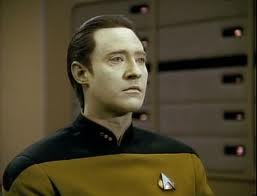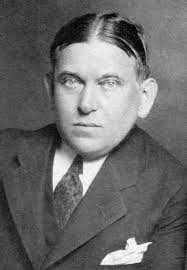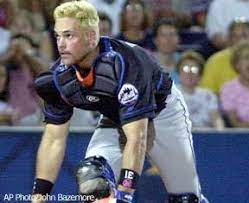Love is Not a Brand Strategy.
I just bought a Subaru. It’s a cool and powerful brand but much of the heavy lifting has been done by the product.
Back in 1991 I read a book entitled: Where the Suckers Moon: The Life and Death of an Advertising Campaign. Written by Randall Rothenberg, it told the story about a celebrated Subaru pitch by some hot ad agencies. I learned a good deal about the brand and, since then, things haven’t really changed that much from a product standpoint. The cars are still highly reliable, they stay on the road a long time, and perform well in the outdoors. The product is good, the brandcraft is disorganize.
Everyone with a television knows the line “Love. It’s what makes a Subaru a Subaru.” It’s sing- songy. Uses the brand name twice. And who doesn’t like love? Should work, right? But it doesn’t. It’s an okay retention idea, which is probably why it’s been around so long but let’s face it it’s impossible to qualify. Whose love makes a Subaru? The manufacturer? The owner? Everybody? And what is it that people love? For a diffuse love explanation, visit the love promise here.
There is a tagline I’ve seen locked-up in some of my recent communications “Confidence in Motion.” I Googled it and it seems to date back to 2016, but who knows. It could also be an international tagline. The line is the opposite of Love. Very unkempt.
Subaru is a wonderful product for the times. For millennials. The product has outperformed the branding and certainly the advertising. Love is not what makes a Subaru a Subaru. If it was, they’d have a better brand strategy. Peace.










